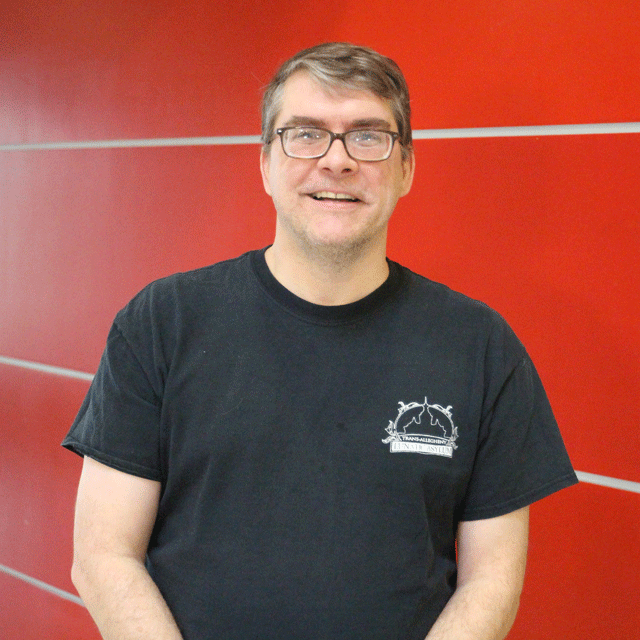
Bullard recently compared the similarities and differences between the COVID-19 pandemic and the Ebola outbreak. “I guess the biggest similarity is that over and over again we see that infectious diseases are really hard to contain,” says Bullard. “Human behavior, psychology, and politics all conspire to make containment very difficult and essentially impossible. Asymptomatic patients spread the disease, people fail to practice safety protocols, and unhelpful social interactions occur.”
He says the biggest differences are the way the diseases spread and their lethality. “COVID-19 is much worse than Ebola in that it is airborne and spreads easily from person-to-person and Ebola can generally only be spread by direct contact,” he explains. “COVID-19 is much better than Ebola—though still horrible—in that it has a relatively low mortality rate.” It’s no surprise that Bullard already has more than 400,000 words written about the COVID-19 pandemic.
Bullard has always been interested in emergency medicine and has been certified as an EMT. “Merging my loves of history and medicine, I found myself getting more and more interested in learning about disasters from the medical and sociological perspective.”
However, his disaster research is not limited to medicine. In 2012 he co-authored The Silver Bridge Disaster of 1967 (Images of America) with Hillyer College alumna Bridget Gromek A’11,’14 who was enrolled in his Honors course in disasters. A biology and chemistry major, Gromek received a University grant to travel to Point Pleasant, West Virginia, to interview some of the survivors of the bridge collapse which killed more than 40 people.
Bullard, who grew up in West Virginia, was familiar with the collapse of the Silver Bridge which spanned the Ohio River and connected Point Pleasant, West Virginia, with Kanauga and Gallipolis, Ohio. “When I was home visiting family, I went to the site myself. I realized that the Silver Bridge collapse was a very important disaster but was not very well-known. Bridget and I linked up with the curators of the Point Pleasant River Museum and started researching our book.”
How does Bullard approach his disaster research? He says he goes about it two ways. “First, I maintain extensive files about disasters, and I archive news articles about disasters as they happen,” he explains. “When large events happen, and I set aside everything else and read and archive as many articles about the event as possible. Second, once I decide to investigate a topic more fully, I organize and synthesize the information I have. Then I seek out relevant scientific articles, government assessments, and incident reports about the disaster. Once I understand as much as possible, I start writing.”